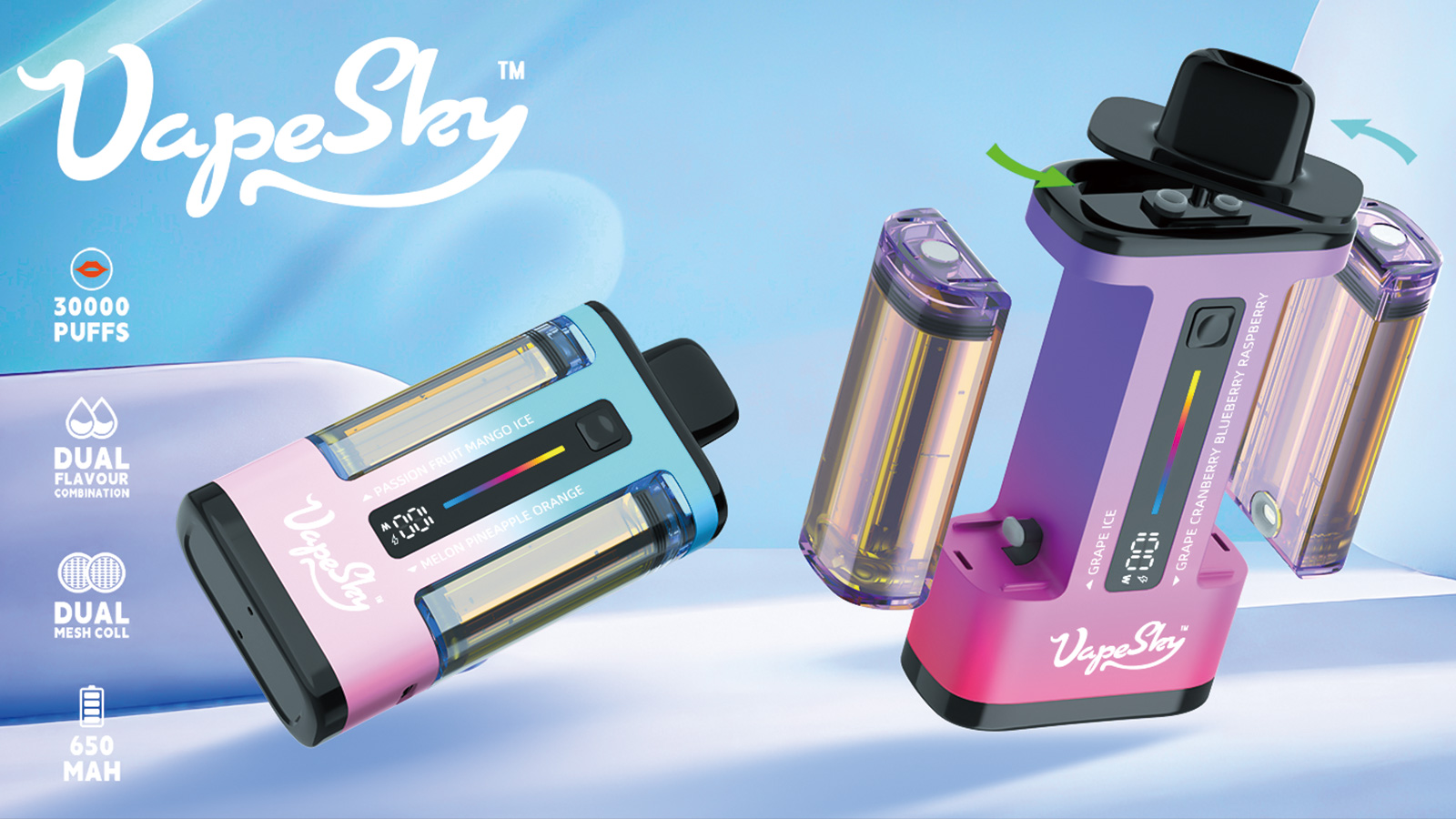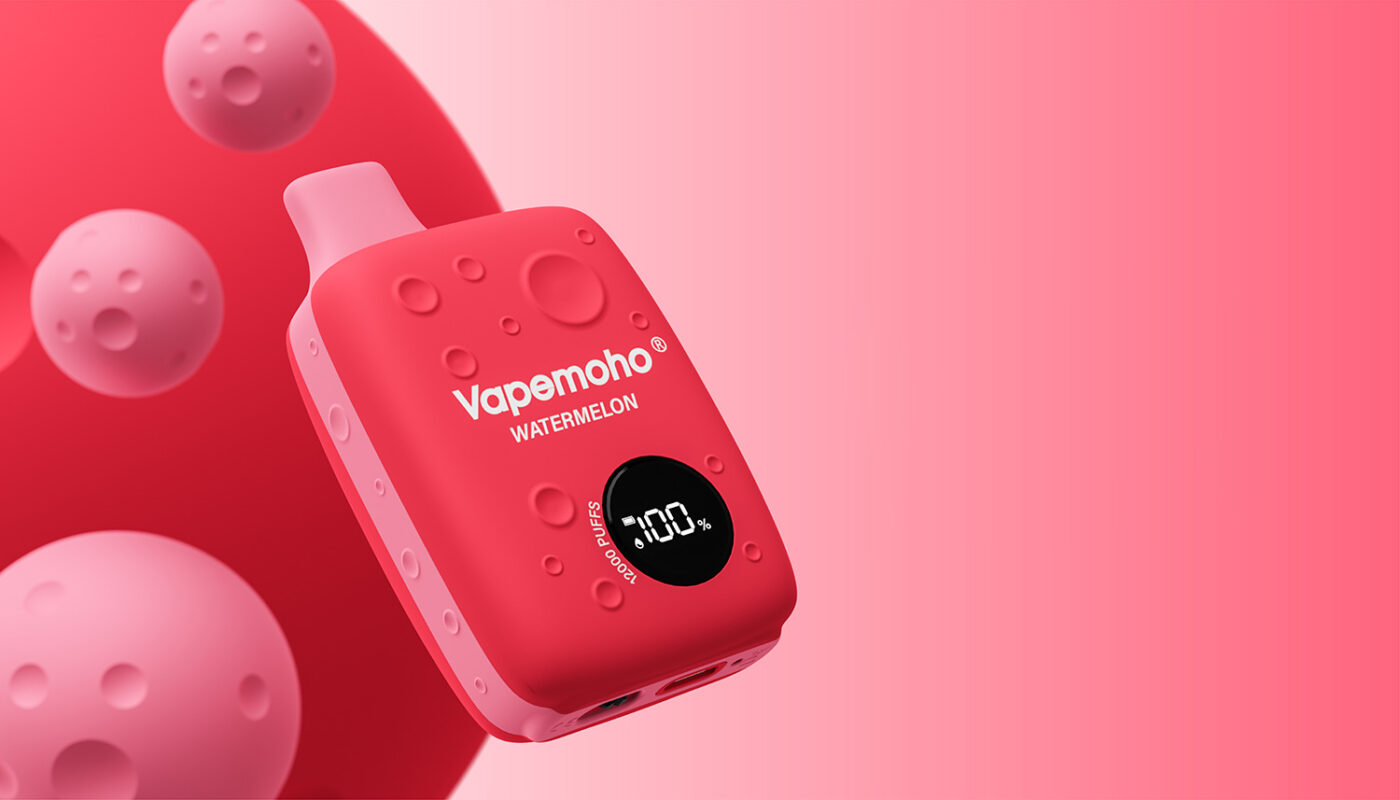Many brands jump into E-cigarette OEM partnerships fixated on unit price, believing it’s the key to cutting costs. Yet, they often overlook “hidden costs” that quietly erode profits—from unexpected compliance fees to last-minute design adjustments. These unplanned expenses can end up making a “low-unit-price” partnership far more costly than initially projected.
For E-cigarette OEM projects, unit price only reflects the direct cost of production per device. The real budget drain lies in factors that surface after the partnership starts—factors many brands fail to account for in initial negotiations.

📜1. Compliance Certification Costs
E-cigarettes require region-specific certifications—such as FDA approval for the U.S. or TPD compliance for the EU. Some E-cigarette OEM partners quote low unit prices but exclude certification fees, forcing brands to cover these later. A single FDA premarket tobacco product application (PMTA) can cost tens of thousands of dollars, a hidden cost that hits small to mid-sized brands hard.
🔧2. Customization Adjustment Fees
Brands often need tailored designs (e.g., unique shell materials, battery capacity) for E-cigarette OEM orders. Low-unit-price partners may agree to initial designs but charge extra for revisions—like adjusting for heat resistance or modifying logo placement. These incremental fees add up; a brand needing 3 or more design tweaks could see costs rise by 15-20%.

🔄3. After-Sales & Rework Costs
Poor-quality E-cigarette OEM production leads to high return rates. Partners offering low unit prices may cut corners on components (e.g., cheap coils), resulting in device malfunctions. Brands then face costs for returns, replacements, and even brand reputation damage—far more expensive than paying a slightly higher unit price for better quality.
To avoid these traps in E-cigarette OEM partnerships, brands must look beyond unit price. Ask partners to list all potential fees upfront, verify their certification track record, and negotiate revision terms clearly. By accounting for hidden costs early, brands can protect profits and build sustainable OEM partnerships.

